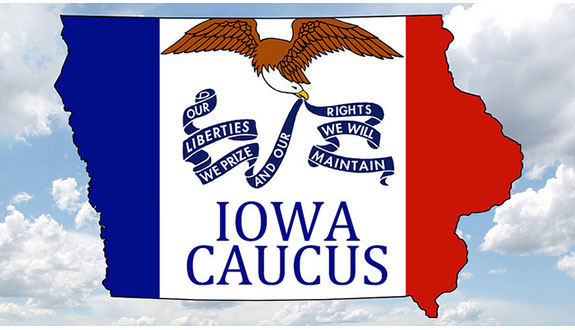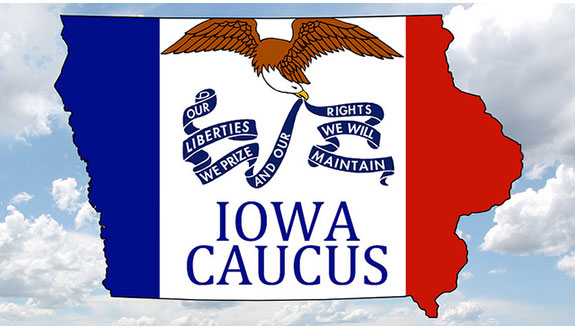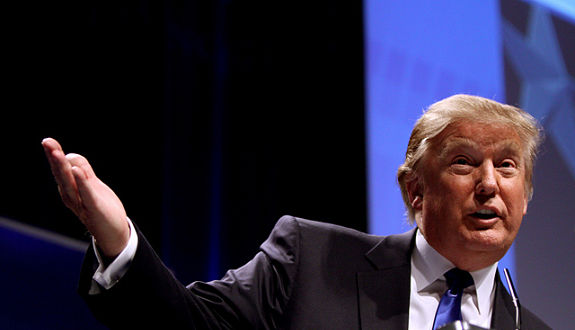
Today, we’re going to go off the beaten path a little bit and discuss the campaign trail. As I’m sure most of you know, we’re on the verge of the Iowa Caucus. What you might not know is how the Iowa Caucus actually works. To be honest with you, I didn’t have a terribly clear idea myself before I started researching for this post (I’m a little ashamed to admit that most of my knowledge came from a classmate’s description of an episode of “The Good Wife”). We’re going to explore what the Iowa Caucus is, why it matters, and how it is different from a primary election. For the next few days, you’ll be able to impress people with your knowledge of politics—works really well at parties, let me tell you.
The Iowa Caucus will take place on February 1 this year; traditionally, the caucus receives a considerable amount of media attention because it is the first major electoral event in the nominating process. (For an explanation of how Iowa got to be first, check out this NPR story.) This year is no exception. There is a flurry of media attention buzzing primarily around Donald Trump vs. Ted Cruz and Hillary Clinton vs. Bernie Sanders.
So how exactly does the Iowa Caucus work? Well, it depends on whether you’re looking at it from the perspective of a Democrat or a Republican; both parties hold their own set of caucuses.
For the Republicans, voters will gather at nearly nine hundred caucus sites, listen to speeches, then write their choices on a piece of paper and hand them in. The delegates at the presidential nominating conventions are then bound to vote for candidates in proportion to the votes cast for each candidate at the caucus sites.
The Democrats, on the other hand, will distribute themselves through the state’s nearly eleven hundred sites. Then, they’ll be asked to gather in sections designated for the candidates, at which point they will be counted. If a candidates do not get at least fifteen percent of the voters in their respective corner, then they’ll be dismissed. The remaining caucus captains will then try to get the voters to move over to their corner. Consequently, being a voter’s second choice can be a crucial part of the process. Once the voters are distributed among the remaining candidates, delegates are assigned based on the support for each candidate (and these results are conveyed to the media).
The process among the individual caucuses is different from the process involved in conducting a primary. For starters, caucuses allow participants to openly show support for candidates—in the case of the Democrat’s process, people publicly display support by literally standing in a candidate’s corner. In primaries, voters cast secret ballots. Moreover, as noted above, the Iowa Caucus is a highly localized process, with a wide range of caucuses taking place in private places. Primaries, on the other hand, are state-level elections.
I hope that sheds some light on the process. The Iowa Caucus this year will probably help winnow down the list of Republican candidates, and, if Martin O’Malley fails to get the 15% required in individual caucuses, it will be interesting to see whether his supporters gravitate toward Clinton or Sanders.
You might be wondering whether it’s good or bad to have a tiny state, with a nearly all-white population, and an arcane voting process play such an outsized role in picking who gets to be the most powerful person on Earth. You wouldn’t be alone.
Oh, one more thing, there’s a blizzard brewin’. Looks like Mother Nature will have her say this time around. That might benefit those who have worked the ground game.




